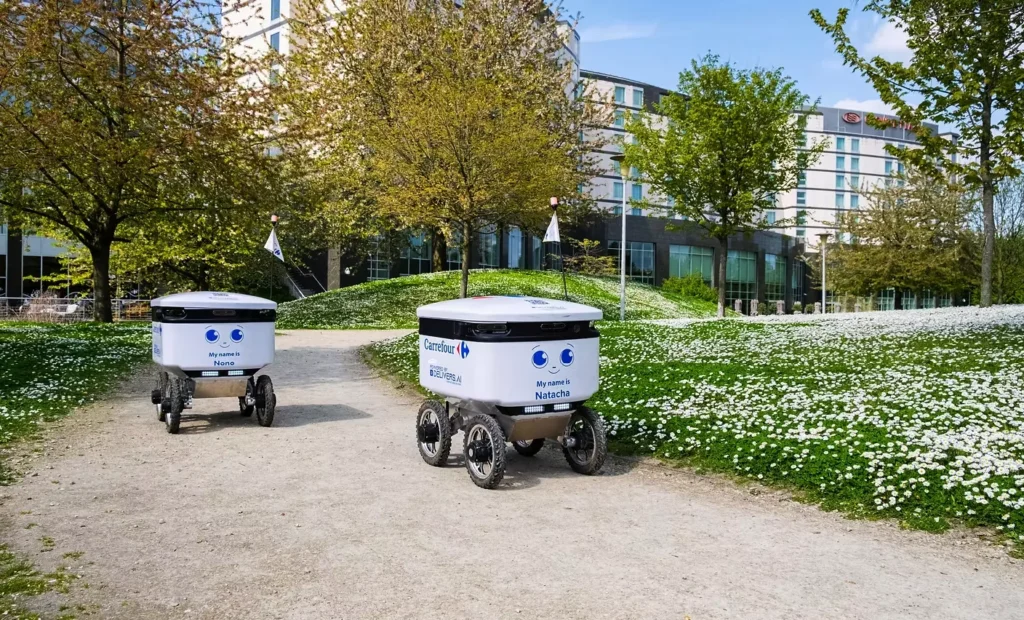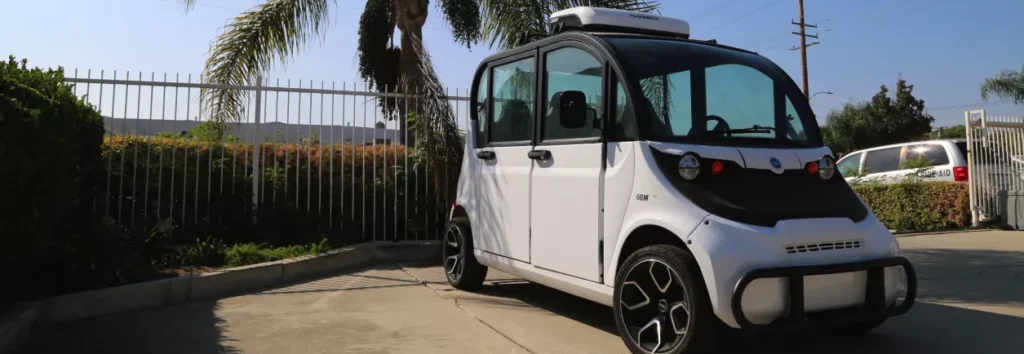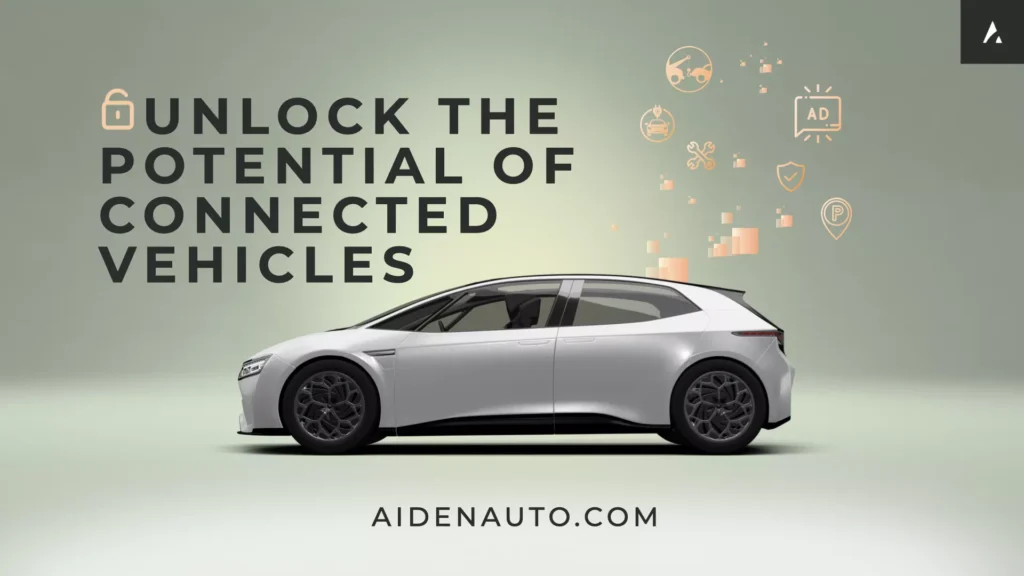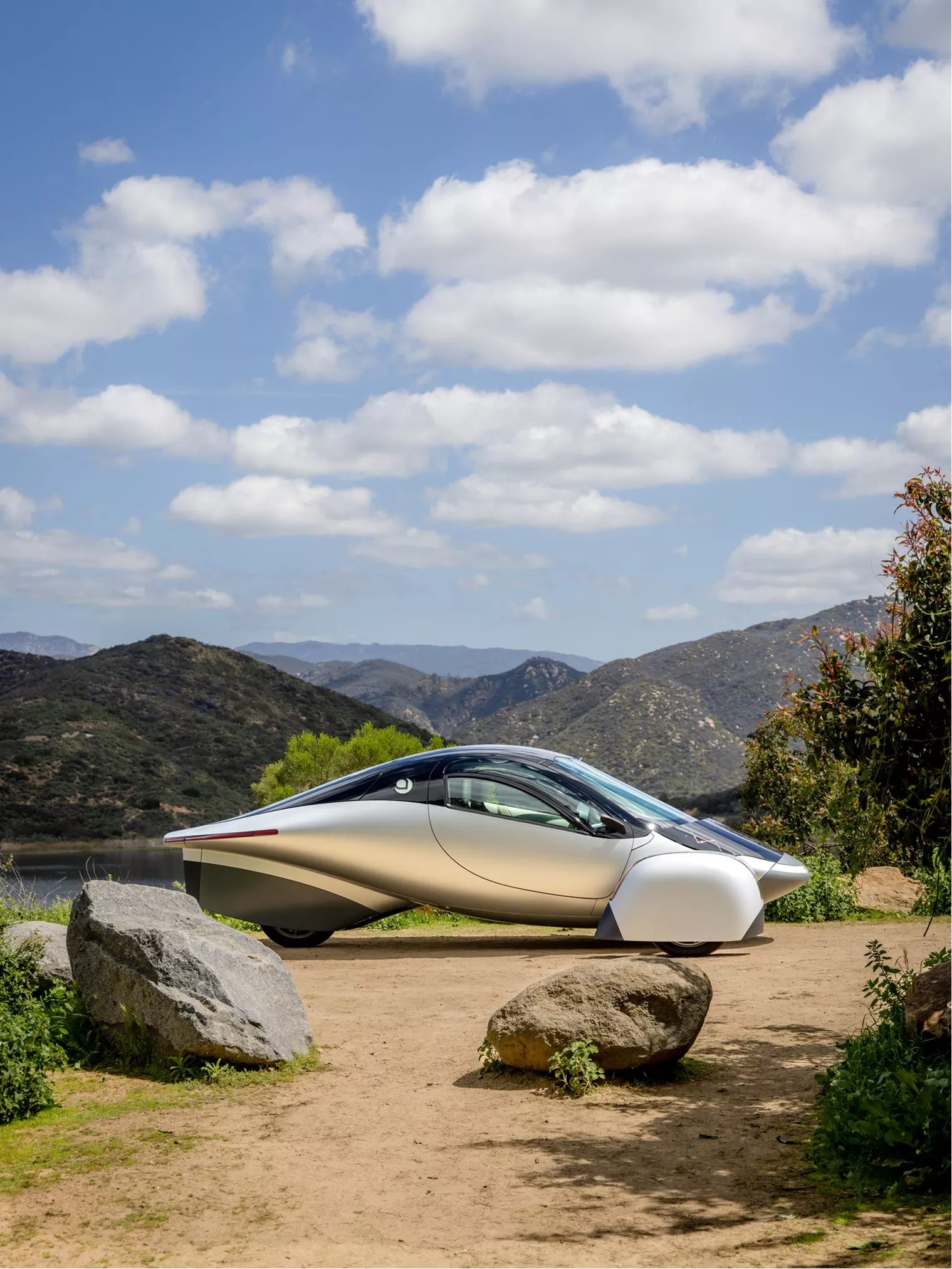










From EVs and batteries to autonomous vehicles and urban transport, we cover what actually matters. Delivered to your inbox weekly.
Bosch is preparing a €4.5 billion bond offering to fund a major expansion across energy-efficient systems, electrification, and software-defined mobility. The issuance, set to price before the end of May, will support Bosch’s $8 billion acquisition of Johnson Controls-Hitachi HVAC, increase funding for battery and hydrogen tech, and accelerate rollout of the company’s Arene software platform.
The bond marks one of Bosch’s largest single raises to date. Market sources project a 12-year term with early pricing indications around MS+170 basis points.
Deutsche Bank will lead as stabilization coordinator, supported by BNP Paribas, Commerzbank, and Santander to manage pricing and investor demand. Bosch’s bond activity mirrors a similar €4.5 billion issuance from 2023, which funded long-cycle bets in automated driving and energy storage.
A key portion of the bond proceeds will support Bosch’s acquisition of Johnson Controls’ residential and light commercial HVAC business, including full ownership of the Johnson Controls-Hitachi joint venture.
The deal, approved by the Competition Commission of India in February, expands Bosch’s footprint in smart energy systems and buildings, an area that will grow at over 6% annually through 2030.
The HVAC integration also deepens Bosch’s alignment with its thermotechnology and consumer divisions, allowing the company to link energy management hardware to its broader Internet-of-Things (IoT) platform. This builds on Bosch’s strategy to monetize cross-sector systems — where residential, industrial, and mobility products converge.
Bosch plans to channel roughly €1.2 billion per year into electrification and IoT technologies. That includes:
These initiatives reflect Bosch’s shift from component supply toward systems integration, with Bosch providing both the hardware and control architecture for software-defined, electrified vehicles.
Bosch maintains an “A” credit rating from Fitch and S&P Global. Analysts cite the group’s hybrid structure — anchored by the Bosch Stiftung foundation — as a strength, enabling long-term capital allocation without pressure from equity markets.
More than 40% of Bosch’s revenue now comes from non-automotive sectors, providing stability as OEMs vertically integrate and margin compression spreads through the Tier 1 supplier space.
The bond’s structure avoids equity dilution and preserves governance control while unlocking liquidity for cross-sector transformation. The company is expected to finalize placement by month-end, with market stabilization tools in reserve.
Bosch continues to face scrutiny over its dual exposure to clean tech and legacy ICE systems. While the company has committed to carbon neutrality by 2030, investor concern persists around its diesel injector portfolio and cobalt sourcing practices. ESG ratings agencies are monitoring progress on supply chain audits and energy transition disclosures.
Execution is now the priority. Investors will watch Bosch’s Q3 updates for progress on hydrogen scale-up and Arene deployment rates — two early signals for whether the €4.5 billion bet is building future systems or chasing catch-up.
Bosch is reshaping its balance sheet to match a market where mobility is electrified, homes are smart, and software is the platform layer for all of it. The bond is priced for that future, and the roadmap now has to deliver.